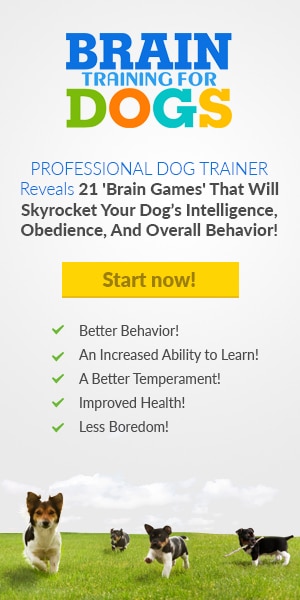Dogs roll in grass for a variety of reasons, and the specific reason can depend on the individual dog and the situation. Some possible reasons why dogs might roll in grass include
Why Do Dogs Roll in the Grass?
1. To mark their territory: Dogs have scent glands on their faces and paws, and rolling in grass can help them spread their scent and mark their territory.
2. To relieve boredom or stress: Rolling around in the grass can be a playful, stimulating activity for dogs, especially if they are bored or stressed.
3. To remove unwanted odors: Dogs have a keen sense of smell, and they may roll in grass or other substances in an attempt to cover up unwanted odors, such as the smell of shampoo or perfume.
4. To clean themselves: Some dogs may roll in grass or dirt as a way to clean themselves or remove dirt or debris from their fur.
It's important to note that not all dogs roll in grass, and the behavior can vary widely from one dog to another. Some dogs may roll in grass frequently, while others may never do it at all. If you're concerned about your dog's behavior, it's always a good idea to consult with a veterinarian or a professional dog trainer for guidance.
How to Stop Dogs From Rolling in Grass?
If you want to stop your dog from rolling in grass or other substances, there are a few strategies you can try:
1. Provide plenty of mental and physical stimulation: Boredom or a lack of mental and physical stimulation can contribute to unwanted behaviors, such as rolling in grass. Make sure your dog is getting enough exercise and mental stimulation through activities like walks, runs, and games.
2. Use positive reinforcement: When your dog is not rolling in grass, praise and reward them with treats or other rewards. This can help to reinforce the desired behavior and make it more likely to occur in the future.
3. Use a leash or a fenced area: If your dog tends to roll in grass when they are off-leash, consider using a leash or a fenced area to restrict their access to grassy areas.
4. Use a collar or harness that discourages rolling: Some collars or harnesses are designed to make it difficult for dogs to roll in grass or other substances. For example, a martingale collar or a head collar can help to control your dog's head and prevent them from rolling in grass.
5. Consult with a professional: If you're unable to stop your dog from rolling in grass or you're concerned about their behavior, consider consulting with a veterinarian or a professional dog trainer. They can help you identify the cause of the behavior and develop a plan to address it.
How To Make Sure It’s Not Allergies?
If you suspect that your dog's behavior, such as rolling in grass, may be related to allergies, there are a few steps you can take to help determine the cause of the allergies and find a solution:
1. Keep a record of your dog's symptoms: Keeping a record of your dog's symptoms, such as when they occur and what seems to trigger them, can help your veterinarian diagnose the cause of the allergies.
2. Consult with a veterinarian: A veterinarian can help you determine the cause of your dog's allergies and recommend a treatment plan. They may also recommend allergy testing or suggest changes to your dog's diet or environment.
3. Consider environmental allergies: Allergies to substances in the environment, such as pollen, mold, or dust mites, can cause symptoms like sneezing, itchy skin, and watery eyes. If you suspect that your dog may have environmental allergies, try keeping windows closed and using air purifiers to reduce exposure to allergens.
4. Consider dietary allergies: Allergies to certain ingredients in your dog's food can also cause symptoms like itchy skin, vomiting, or diarrhea. If you suspect that your dog may have a food allergy, consider switching to a hypoallergenic or limited-ingredient diet under the guidance of your veterinarian.
5. Use allergy medication as directed: If your veterinarian recommends allergy medication for your dog, be sure to follow their instructions carefully. This may include giving your dog the medication at regular intervals and keeping track of their symptoms to see if the medication is effective.

.png)